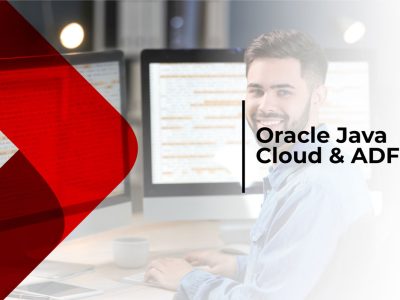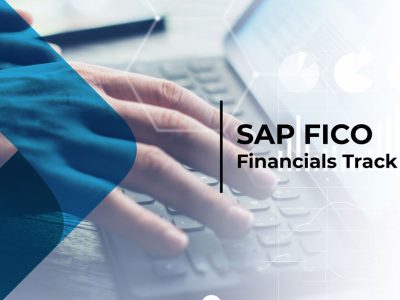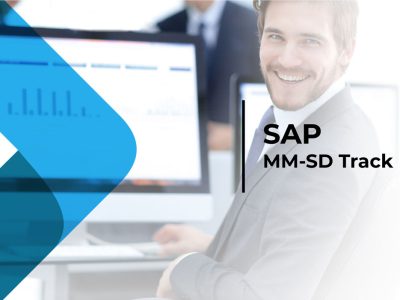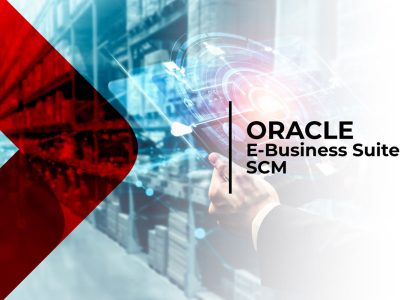Overview
In this course, you will learn the basics of the Oracle Financial Applications, to include General Ledger, Purchasing, Payables, Fixed Assets, Order Management, Accounts Receivables, and Cash Management. In addition, students will learn concepts that are included across these applications such as Suppliers, Customers, and Items. In addition to learning about these products, you learn how they work together in different flows to suit your business needs. Business flows include Procure to Pay and Order to Cash Flow. You will also be able to try many of these products in class using a series of hands-on practices, which build on one another thus allowing you to experience both the tools and the workflow of which they are part.
Job Profile Outcome
- Be involved in all aspects of the Implementation life cycle, including architecture, development, testing, training, implementation and support of reporting applications to be used.
- Responsible for translating business requirements into effective and efficient solutions for diverse and complex business problems.
- Oracle ERP experience these modules: General Ledger, Accounts Payable, Accounts Receivable, Asset Management and Cash Management.
- Design, configure, unit and system testing, documentation, assist implementation of projects, programs, workflows, etc. which are assigned by the Project Manager or Project Leader.
- Lead the EBS Financials upgrade project life cycle, from architecture design, project management, requirements gathering, gap analysis, configuration, testing and training.
- Observe / evaluate existing practices to recommend future and core business requirements o improve efficiency, effectiveness or competitive advantage
Course Features
- Duration 120 hours
- Activities ERP Career Development
- Day of week To be discussed





